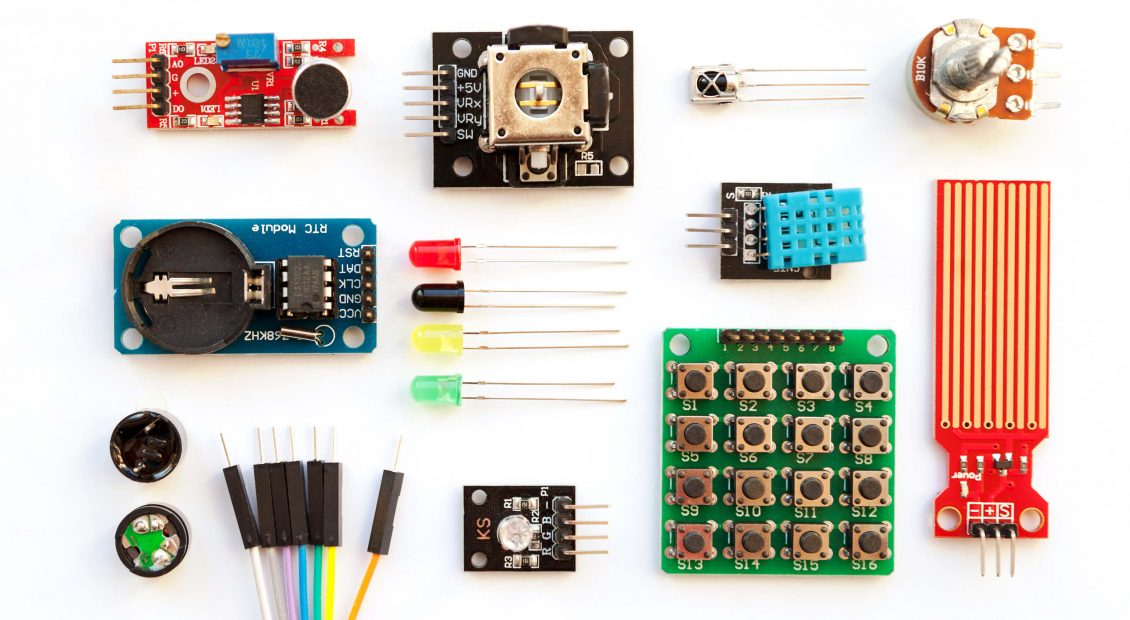
The Telco Cloud Manifesto 2.0
Co-operation with hyperscalers can reap rewards – but only if telcos complete the hard work of cloudification first.


Co-operation with hyperscalers can reap rewards – but only if telcos complete the hard work of cloudification first.

5G SA is an exciting development for operators, and the choice between a multi-vendor or single-vendor approach has wide-ranging implications.
In this update, we present data and analysis on progress with deployments of vRAN and open RAN. It is fair to say that open RAN (virtualised AND disaggregated RAN) deployments have not happened at the pace that STL Partners and many others had forecast. In parallel, some very significant deployments and developments are occurring with vRAN (virtualised NOT disaggregated RAN). Is open RAN a networking ideal that is not yet, or never will be, deployed in its purest form?

Some leading telcos have slowed their roll-outs of 5G Standalone cores. Others have not. What is the delay? And why it is important to speed deployments now while minimising the risks.

More telcos are making deals to run their VNFs on the public cloud. Not much is live yet. But cloud hosting of network functions will support telcos in realising the benefits of cloud-native, and we believe telcos can safely go further and faster.

As telecoms operations become increasingly softwarised, network functions are getting broken down into their individual parts, and reassembled as an essential part of the IT stack for industry-specific applications and services. In this disaggregated telco value chain, is there anything left that is distinctively ‘telco’?

5G is now the main driver of VNF deployment. But can telcos be cloud-native without being hyperscaler-dependent?